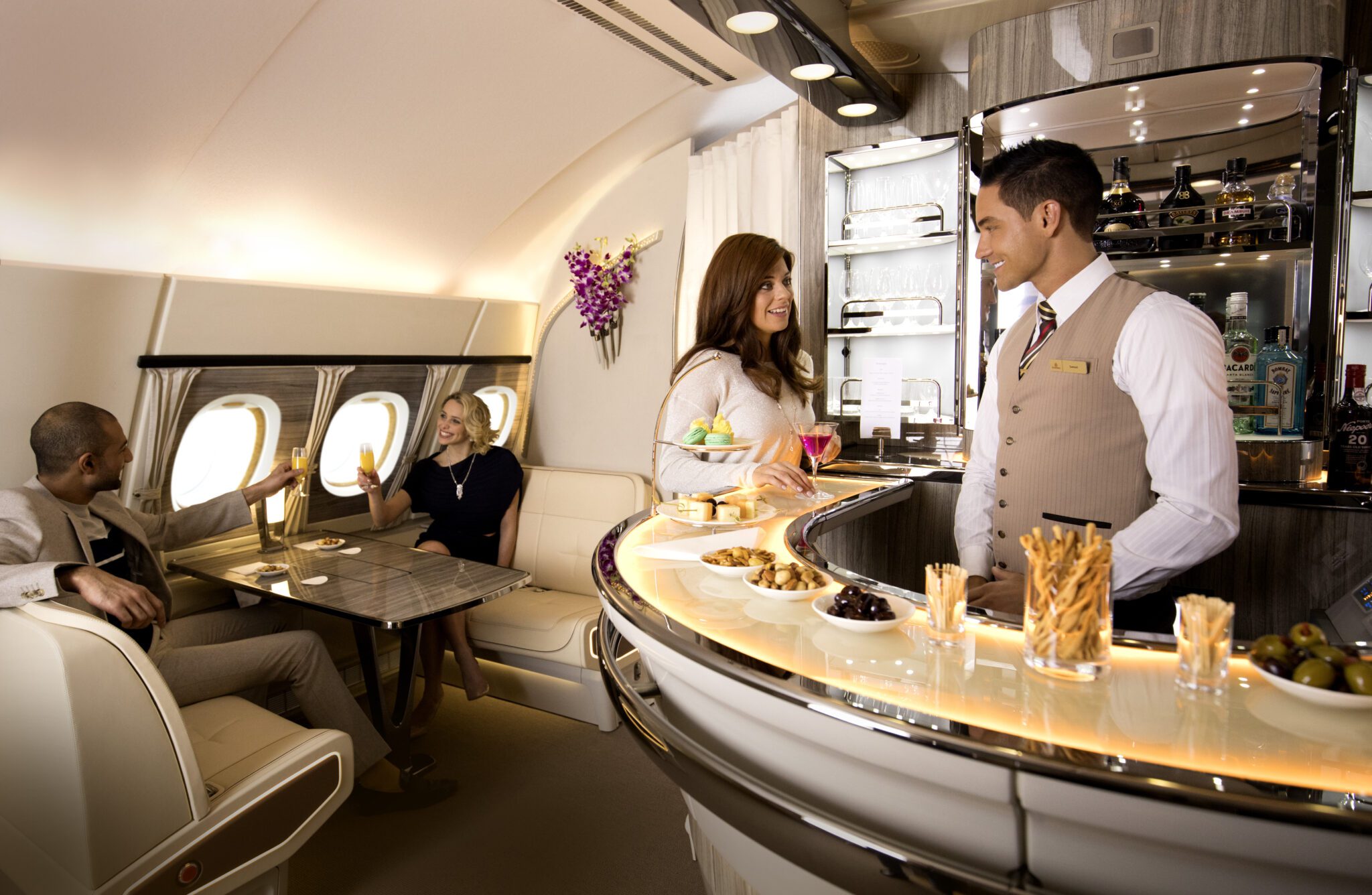Emirates Sees Rise in Unsold Premium Seats, But the Post-Pandemic Party Isn't Over Yet

Skift Take
What do American Airlines, British Airways, Delta, and Air France each have in common? They’ve all reported red-hot demand for premium cabins in recent months - and they’re not alone.
Airlines around the world have enjoyed a post-pandemic phenomenon centered around their high-end products.
Notably, this surge in demand hasn’t been driven by traditional business types. With a sluggish rebound in corporate travel, more leisure passengers have been treating themselves to an upgrade.
This trend has also been seen more broadly across the travel industry with hotels and other accommodation providers ramping up their premium offerings.
As top-end tickets command a much higher profit margin than their economy-class equivalents, airlines have enjoy

